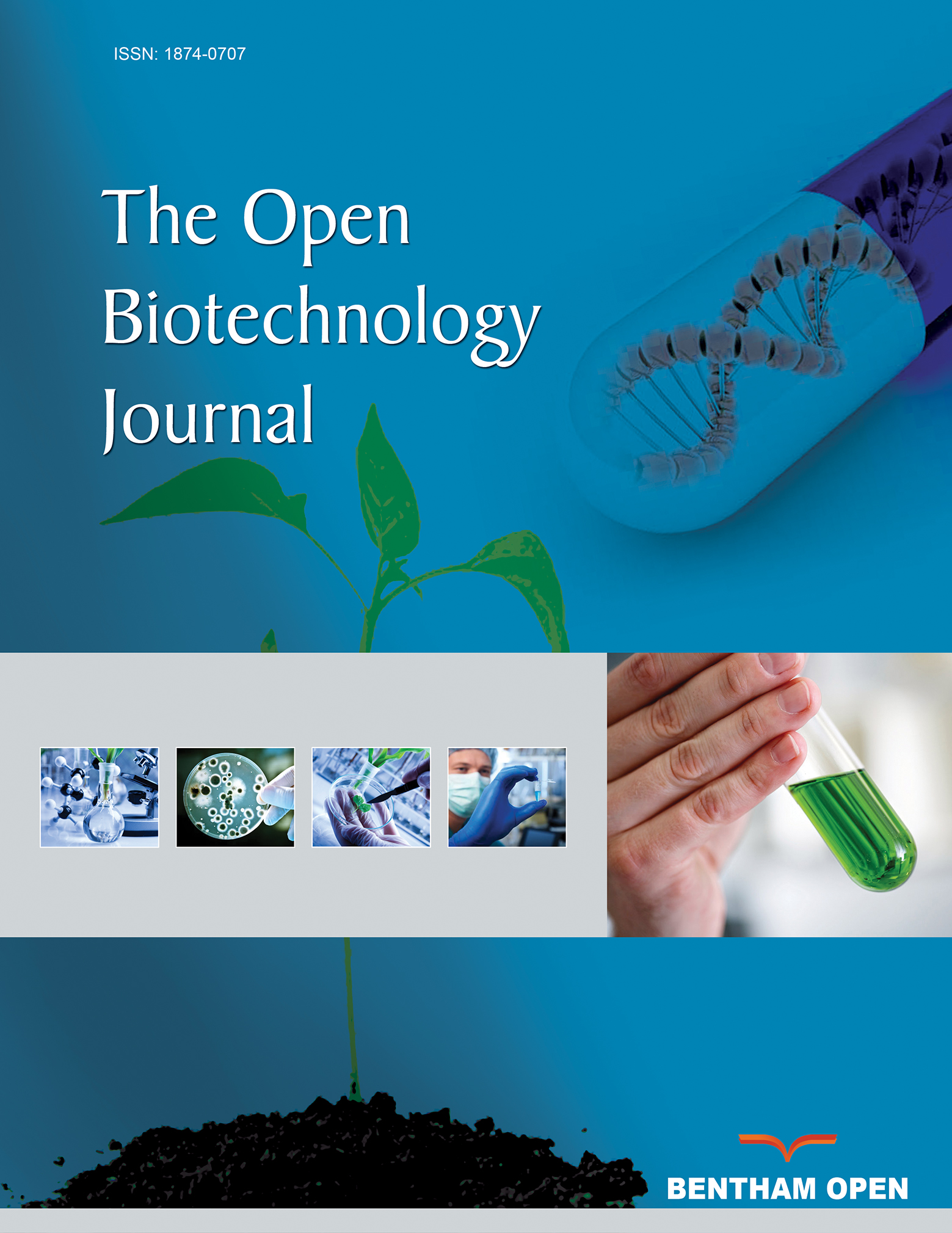All published articles of this journal are available on ScienceDirect.
Recombinant Production and Molecular Docking Studies of Casoplatelin, a Bioactive Peptide
Abstract
Background:
Bioactive peptides from κ-casein have immense therapeutic potential as prophylactic formulations. Among these, casoplatelin is a κ-casein derived bioactive peptide with anti-thrombotic activities.
Aim:
Herein, we report the production of casoplatelin in an E. coli expression system (using a pBAD vector) and show in silico modeling of its interactions.
Methods:
A synthetic DNA construct encoding casoplatelin was designed with pepsin cleavage sites before and after the synthetic construct to allow the release of the peptide from the pro-peptide.
Results:
A novel recombinant approach was demonstrated for the production of casoplatelin, and anti-platelet aggregation activities of the product were confirmed. Also, casoplatelin structures were characterized in silico and then implemented to determine potential structural interactions with fibrinogen.
Conclusion:
The present study showcases the recombinant approach for biopeptide production and its interaction with fibrinogen through in silico approach.


